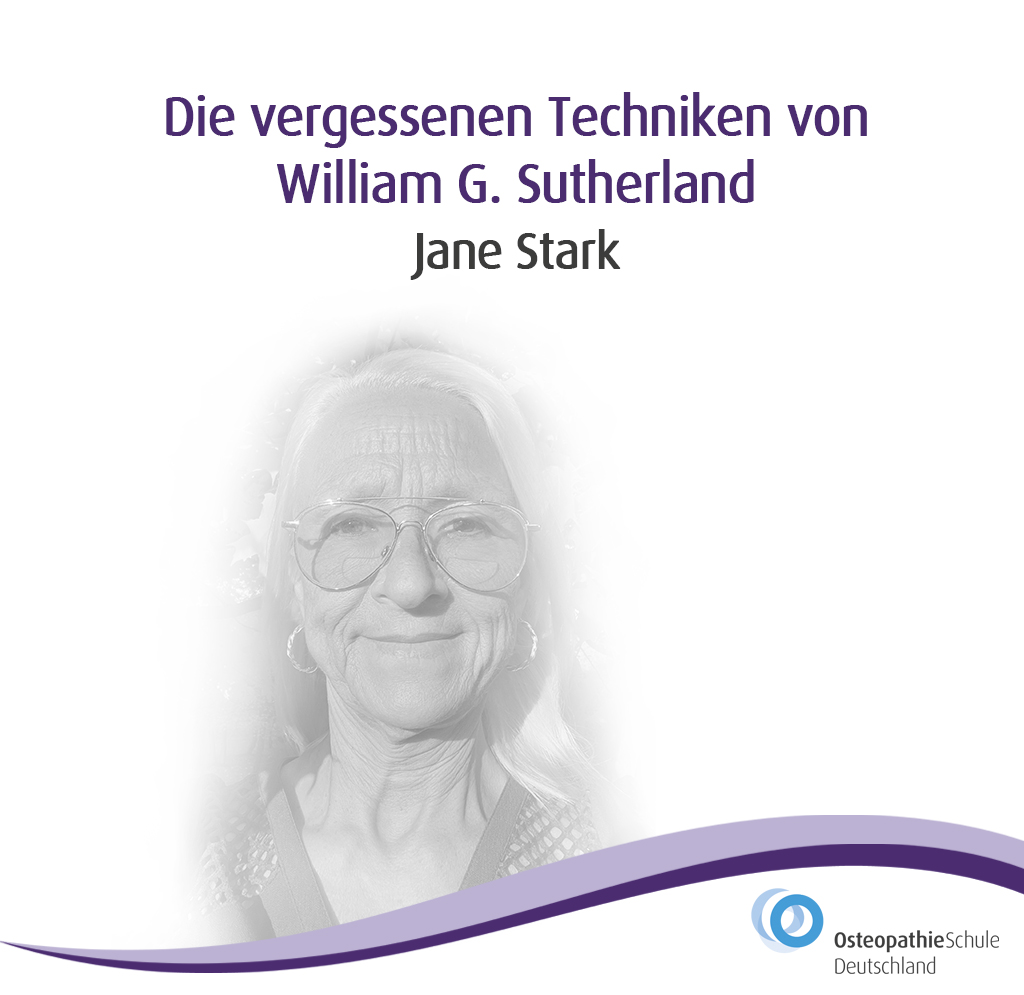
720,00 €
21 in stock
21 in stock
Learn how WGS treated patients after the great pandemic of 1918 and how this approach is still applicable today.
In the first 30 years of his practice, William Garner Sutherland used a variety of direct techniques. Some of these were developed on the basis of his personal observations of patients suffering from the persistent symptoms of the 1918 influenza pandemic. He theorized that her symptoms were caused by a problem with tissue tension, which he called “anterior tensity”. He concluded that increased tension impedes the flow of fluid. His mechanically based approach – which is the subject of this workshop – aimed to restore optimal venous and lymphatic drainage.
This workshop brings William Garner Sutherland and his precranial ideas to life. After a vivid biographical sketch of Sutherland, the physiological consequences of influenza and pneumonia are explained. Sutherland’s observation of “anterior tensity” is then explained. Thirty of Sutherland’s seldom taught techniques to remedy this abnormal tension and its far-reaching effects are demonstrated and practiced. The regions it focuses on include the thorax (spine, ribs and diaphragm), the pelvis (bony and visceral), the neck (bony and visceral), the lumbar region (mainly muscular) and the shoulder girdle (scapula and clavicle). Of great importance is the explanation of how Sutherland traced the anterior tension to the skull.
Once the physical tension had been relieved, Sutherland turned his attention to the skull. His brilliance as an osteopath is evident in this area. In his opinion, the inertia of the skull (not caused by trauma) is the result of excessive expansion of the skull. This expansion caused tension in the membranes, which ultimately led to a build-up of fluid. The reason for this association will be explained in the workshop. These cranial techniques prior to PRM are based purely on mechanics and are geared towards venous drainage.
Sutherland’s techniques are simple to use but effective in their results. Ideas on how his approach can be used in today’s practice are presented.
78 in stock
Course fee
59,50 €
Course fee
1.765,00 €